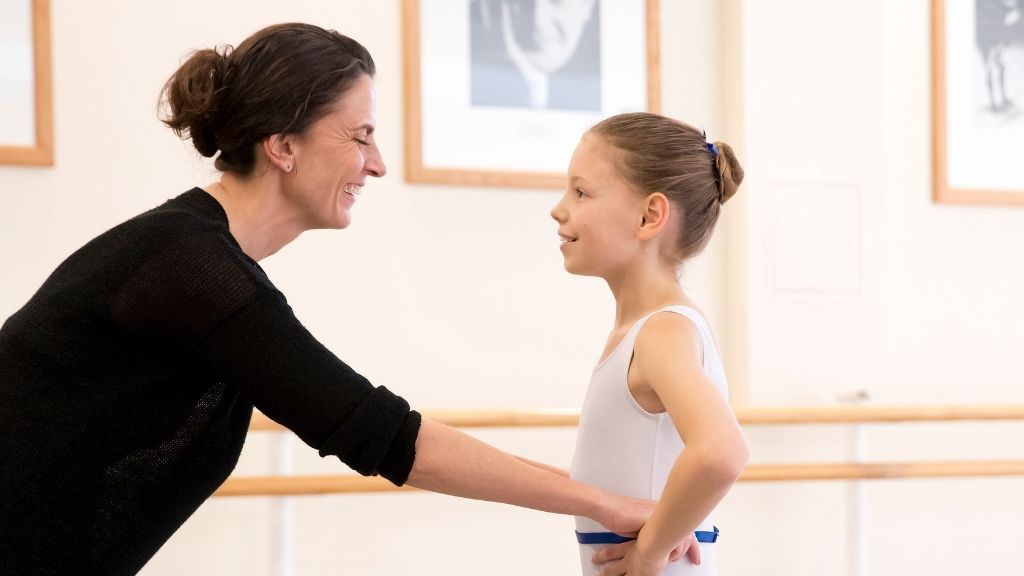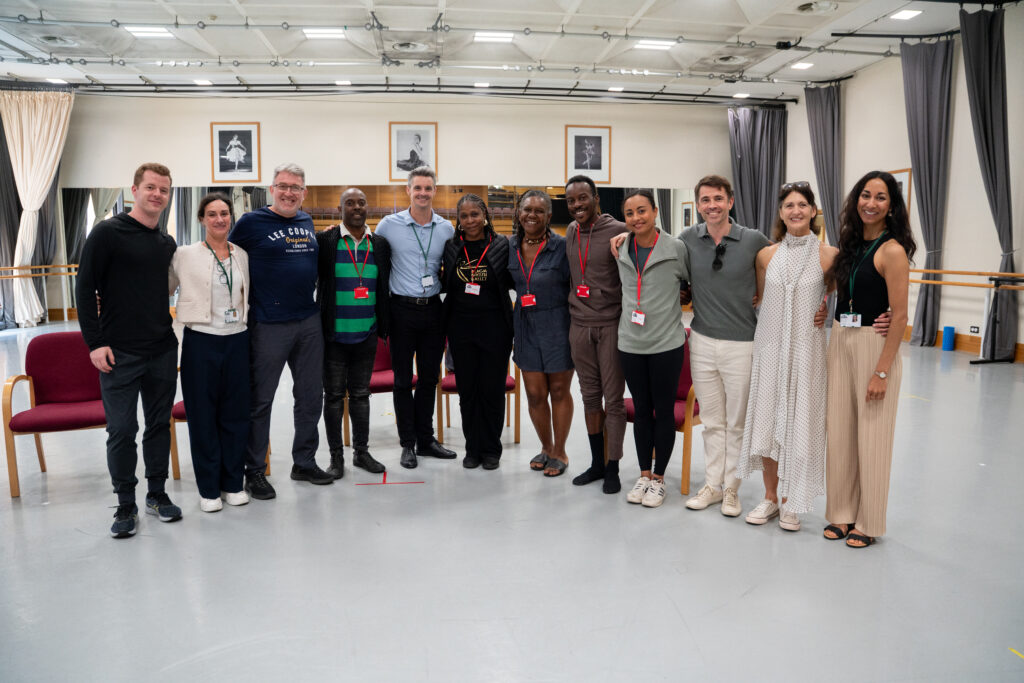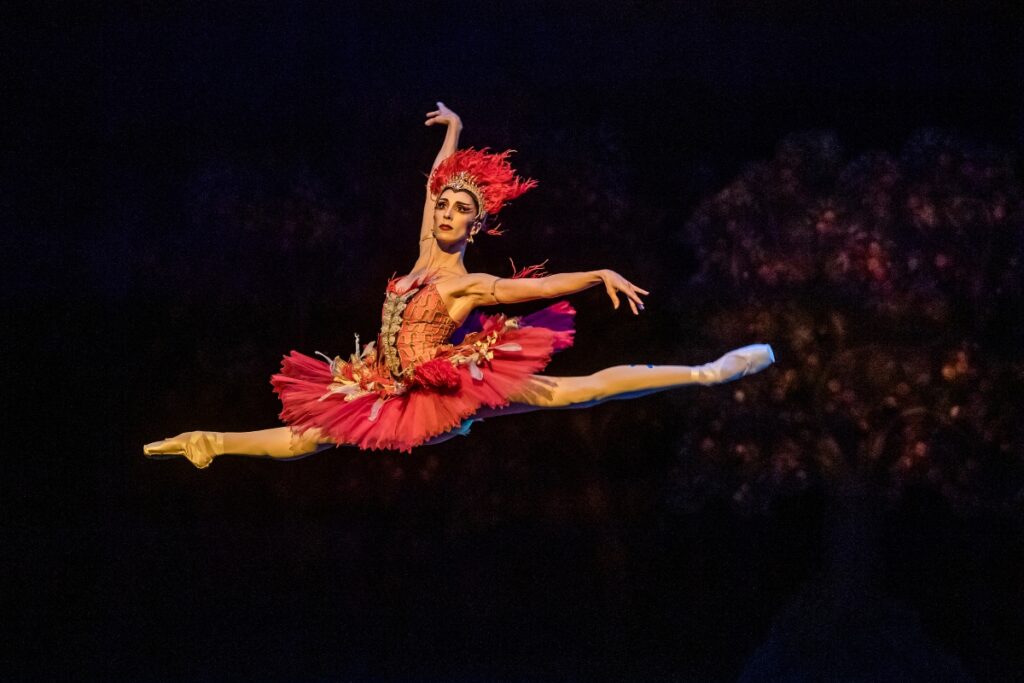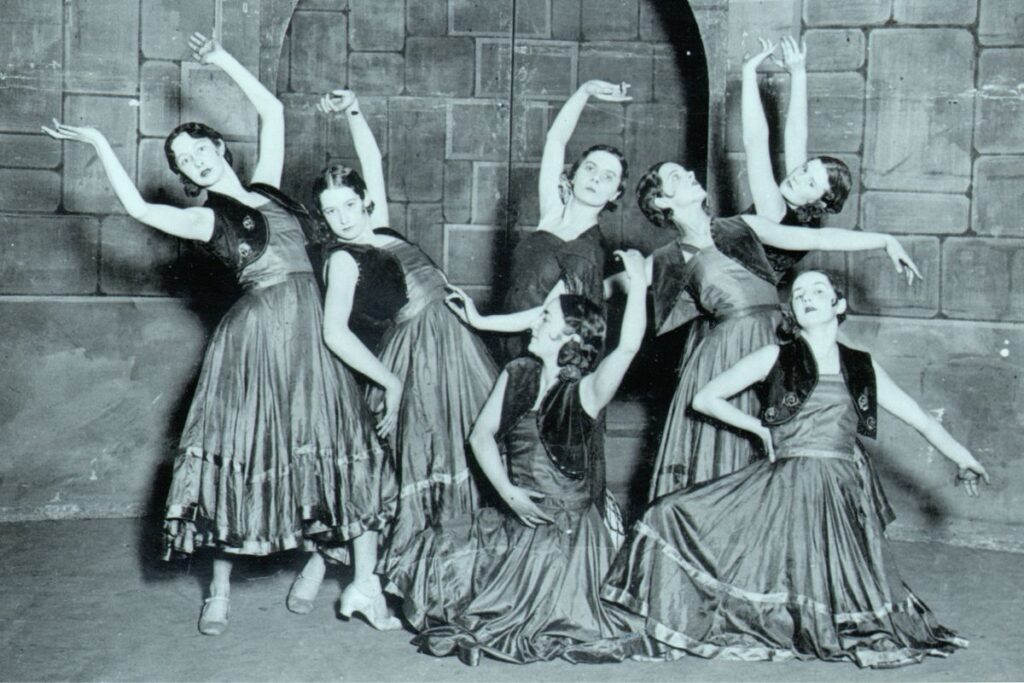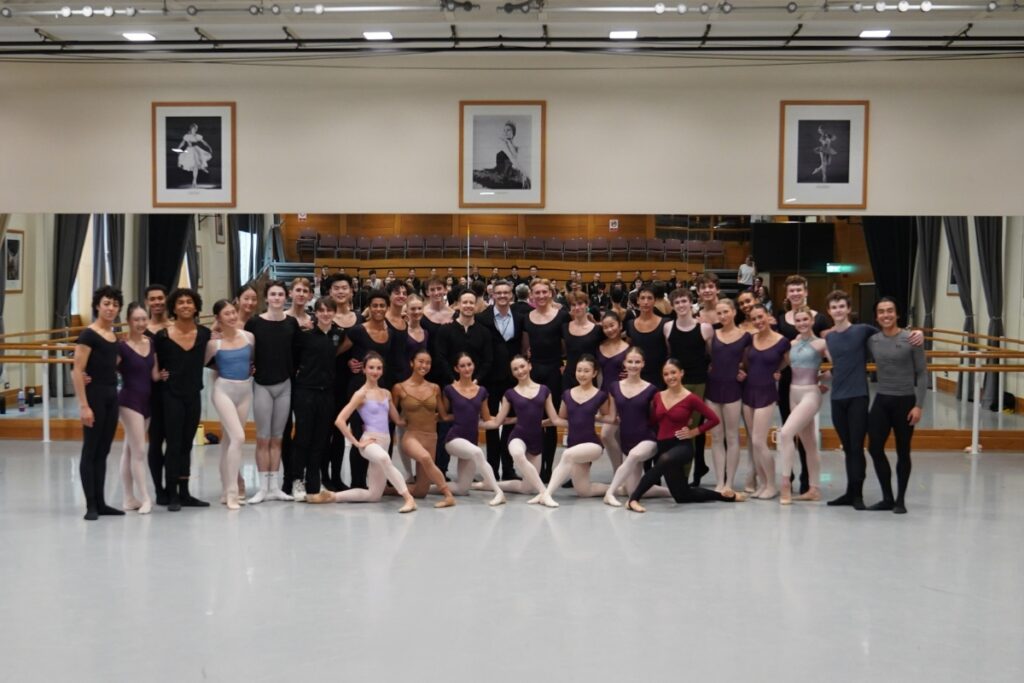Enabling students to thrive
A piece by Karen Berry, Senior Teacher Training Manager at The Royal Ballet School
Since its inception, The Royal Ballet School has produced exceptional young dancers and choreographers. Our students are renowned for being in great demand: directors know when they employ our graduates, they gain highly-skilled, dynamic, and versatile artists. Consistently, our alumni excel and enjoy flourishing careers with many of the world’s leading dance companies.
Although the primary aim of vocational training is to gain employment, as a school we cannot rely on this as the only measure of success. For any school the danger in this single-minded focus is to neglect the process that leads to the development of well-rounded young people: we must look beyond. While there is no doubt that employment is reliant on achieving a high level of skill, this can only be achieved when students’ holistic needs are nurtured and developed. We must consider not just what we and our students do, but how we and they think, and our individual and collective attitudes.
Teachers are the key to ensuring that their students reach their potential. It’s widely accepted that the most significant factor affecting student learning and success is the teacher: their knowledge, skills and professional characteristics have a direct effect on student learning processes and outcomes. Outstanding teachers can have a positive and sustained impact on their students that lasts well beyond their school days, helping them to forge their paths throughout their careers. Our commitment to excellence and continued success must therefore extend beyond our students to continued investment in the training of our staff. It is with this commitment in mind that, in the spring of last year, the School launched its new Continuous Professional Development Programme for our Artistic teachers, replacing stand-alone CPD activities with a coherent, structured, and sustained programme. The programme has a framework for evaluation embedded within, with the degree of implementation and transfer of learning being continually monitored.
Exemplary teachers continually engage at the growing edge of their expertise, and the fundamental strategic aim of the new programme is to provide our teachers with opportunities to develop, shape and hone their skills. We must ensure that advancements in pedagogy and learning are transferred to our teachers, allowing them to upskill, reflect and adapt, and so maximise our students’ learning. As a school, knowing how to enable students, not just to learn, but to thrive is fundamental to our very being. It was, therefore, appropriate and necessary to commence the new programme by reviewing our teachers’ understanding of how students learn, evaluating existing and new approaches to ensure a culture of excellence.
The new programme introduced several key strategies. Considering that a student’s ability to learn is strongly intertwined with their cognitive, social, emotional, and physical needs, it was important to address these first.
Laying the foundations
Students cannot fully engage with learning if they don’t feel safe, welcomed or respected. It is imperative that we create a positive studio climate and a culture of excellence: we must Maslow before we Bloom[1]. In practice, this means creating an environment where students are in a state of emotional readiness. There is little point in teaching unless teachers prioritise developing students’ basic needs, as only then can they be fully engaged and motivated to embrace new learning, knowing that they can take risks as learners. Teachers must consistently exhibit a range of professional behaviours in order to create a studio culture founded on respect, where harmful or toxic habits are not given an opportunity to appear. Consider a few of these behavioural expectations outlined below:
- Developing a strong collaboration and rapport with all students
Research evidence is clear – teachers who create positive teacher-student relationships are more likely to have above-average effects on student achievement. Taking time out to really know and understand your students will reap rewards. Empathising with their individual needs, knowing their interests, their likes and dislikes, their personality traits and attitudes is essential. It is our professional duty to ensure all students, regardless of their abilities, personal characteristics or behaviour should feel they are wanted, respected, and valued: giving them purpose, respect, dignity and self-worth. All require equal attention: not just the most able. We must imagine every student has a sign around their neck: ‘make me feel important.‘ That doesn’t mean to say we have to massage their egos or give false praise but provide them all with the same opportunities to learn.
- Demonstrating belief in their development
It is perception not reality that is crucial in determining behaviour.
Carl Rogers
One of the most influential factors in student achievement is teacher expectations. Self-fulfilling prophecy puts a heavy responsibility on the teacher. Positive expectations (the Pygmalion Effect[2]) can significantly influence levels of attainment. The expectations we have of our students inevitably affects how we interact with them, which ultimately leads to changes in the student’s self-belief, behaviour and attitude. Regardless of ability and/or personality, teachers must demonstrate their belief that, with sustained effort and determination, all can improve.
Prioritizing what matters will create better learning experiences for all and promote deeper learning. Once Maslow has been attended to, then students can Bloom. In recent years the focus in education has seen a shift away from what teachers do, to what students learn. For dance teachers, this results in a shift away from thinking first about what exercise you want to teach, to what you want your students to learn. Only when we consider how and what our students need to learn, can we then design and teach relevant exercises and activities. We must let go of the notion that for every ounce of teaching, an equivalent amount transfers into learning. Didactic methodologies do not allow students to ‘Bloom’.
Expert teachers differ from good teachers in their ability to utilise an array of questions and present a higher degree of challenges. Rather than passively receive information, students are encouraged to think hard, attaining a deeper level of processing and skill. Expert teachers teach their students how to learn, providing them with a greater sense of purpose, efficacy and autonomy, empowering them with the essential skills they need now and also beyond the classroom.
The core aim of teachers and school leaders must be to focus on learning. We must embrace the science of learning and uphold professional behaviours and standards at all times. Experience is not a predictor of teacher effectiveness and student success: as a school, we must continue to push the boundaries of teaching and learning, in order to apply relevant and innovative methodologies into practice.
We hope that our new Continuous Professional Development Programme will help raise the bar for teachers, not only in vocational training but throughout the whole profession: to any organisation or company where dancers are coached and taught. By embedding behaviours and practices that respect and value dancers as agents in their development, we will help to ensure that any historic toxic training practices and environments are confronted and eradicated. Developing creative approaches to student engagement, learning and excellence, will help empower our young people by giving them permission to question and expect more from those who are responsible for their development.
[1] Maslow’s (1943) hierarchy is a model of human motivation that demonstrates how needs motivate an individual. Maslow recognised that the achievement of basic needs is important for the development of young people, directly impacting the process of learning. Benjamin Bloom’s (1956) taxonomy is a tool for developing educational objectives, classifying different levels of thinking and learning. The phrase ‘Maslow before Bloom’ translates to the importance of prioritising our basic needs over educational objectives, recognising that in order to learn effectively, we must first feel secure and valued.
[2] The Pygmalion Effect (1968) describes how student achievement is influenced by teacher expectations. This phenomenon leads to positive changes in the student’s behaviour and attitude.

